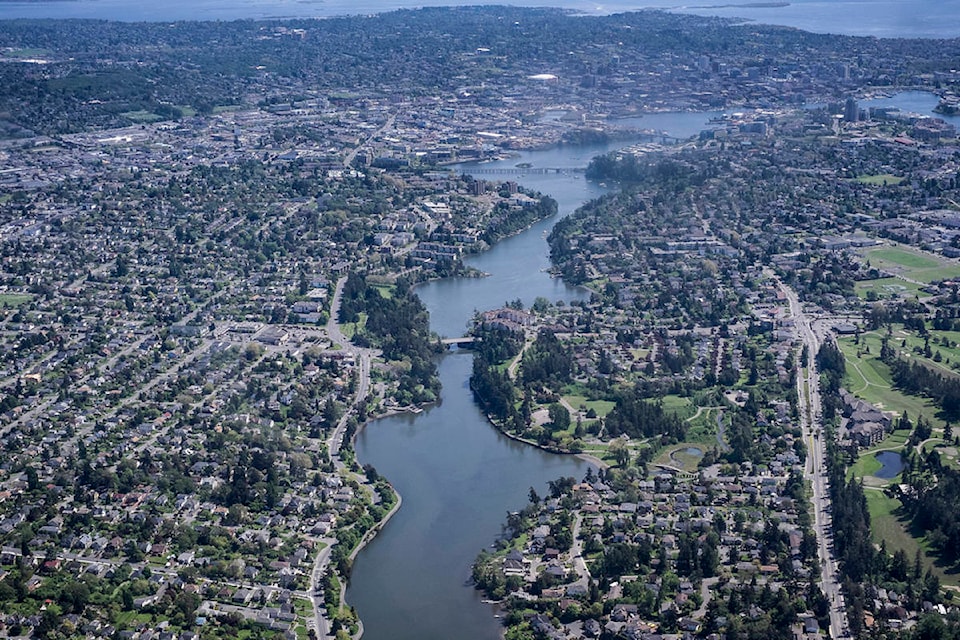A provincial tax designed to curb speculation and improve housing affordability has so far raised $3.74 million in the Capital Regional District (CRD).
The figure appears in a technical briefing the provincial government submitted to mayors attending a meeting about the provincial speculation and vacancy tax, which so far has raised $58 million during the first eight months of 2019 across the province.
RELATED: Sidney could take additional action around speculation tax
RELATED: LETTER: Hard to feel sorry for those with second homes
RELATED: Sidney to ask the province to rethink speculation tax
According to the briefing, the CRD (with a 2016 census population of 383,360) generated the second-largest share of the overall revenue raised through 2019. Metro Vancouver with a 2016 census population of nearly 2.463 million accounted for 86 per cent of the total with $50 million. The Central Okanagan followed Metro Vancouver and Greater Victoria with $2.964 million, the Fraser Valley ($661,000) and Nanaimo ($621,000).
Looking at the core communities in the Greater Victoria area, the speculation tax raised $1.048 million in the City of Victoria during the 2018 calendar, followed by Saanich ($899,000) and Oak Bay ($477,000) during the same period. On the Saanich Peninsula, North Saanich led all communities with $618,000, followed by Sidney ($160,000) and Central Saanich ($73,000).
On the West Shore, Langford led with $146,000, followed by Sooke ($130,000) and Metchosin ($57,000).
The tax with its graduated rates for foreign homeowners (two per cent), Canadian citizens and permanent residents outside of British Columbia (one per cent), and those from British Columbia (0.5 per cent) applies to secondary homes vacant for six months of the year or more in the designated cities of Abbotsford, Chilliwack, Mission, Kelowna, West Kelowna, Nanaimo, Lantzville, Metro Vancouver and Greater Victoria.
Revenue from the tax totalled $115 million for the 2018-19 fiscal year with the money funding affordable housing projects where the tax applies.
The tax has come into full effect this year after the provincial government announced it during last year’s budget, prompting complaints from several municipalities, including Sidney, one of 39 municipalities where it applies.
The provincial government has said the tax has so far met its goals of curbing speculation and raising rental vacancy rates, but also announced that it would consider changes in the upcoming legislative session.
